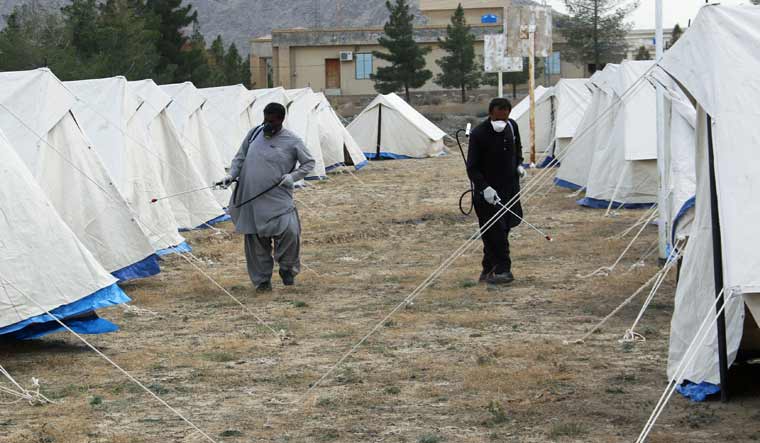History and Origins of COVID-19
On 31st December 2019, public health officials from China informed the World Health Organization that they had a problem: an unknown, new virus was causing a pneumonia-like illness in the city of Wuhan. They determined that it was a coronavirus and that it was rapidly spreading through and outside of Wuhan. In January, WHO declared COVID-19 global pandemic and suggested countries should follow the protocol of a lockdown.
In December, the only known cases of coronavirus were reported in China. Gradually, the virus spread across the globe through individuals travelling from China to other countries. One of the countries which has been affected the most by coronavirus is Iran, where the virus spread in mid-February.
Pakistan shares its border with two of the most affected countries, China and Iran, hence the virus was inevitable to spread here. The 600-mile Pakistan-Iran border is a crucial trade route and is also used by a significant population of Pakistan for performing pilgrimages. The movement between the countries is extremely common, hence becoming one of the major sources of the spread.

Pakistan officially confirmed its first two cases on 26th February. Initially the borders remained open. As a greater number of people crossed the border, we saw a greater number of cases in the country. Pakistan is now observing a lockdown, a preventive method recommended by WHO which big countries (USA, Italy) failed to follow sooner.
Coronaviruses are a group of viruses, a lot of these viruses are already known to men and have cures. Unfortunately, this is a new strain of the virus, known as severe acute respiratory syndrome coronavirus 2, which causes COVID-19, also known as novel coronavirus. This new strain has no vaccine or cure as of yet.
